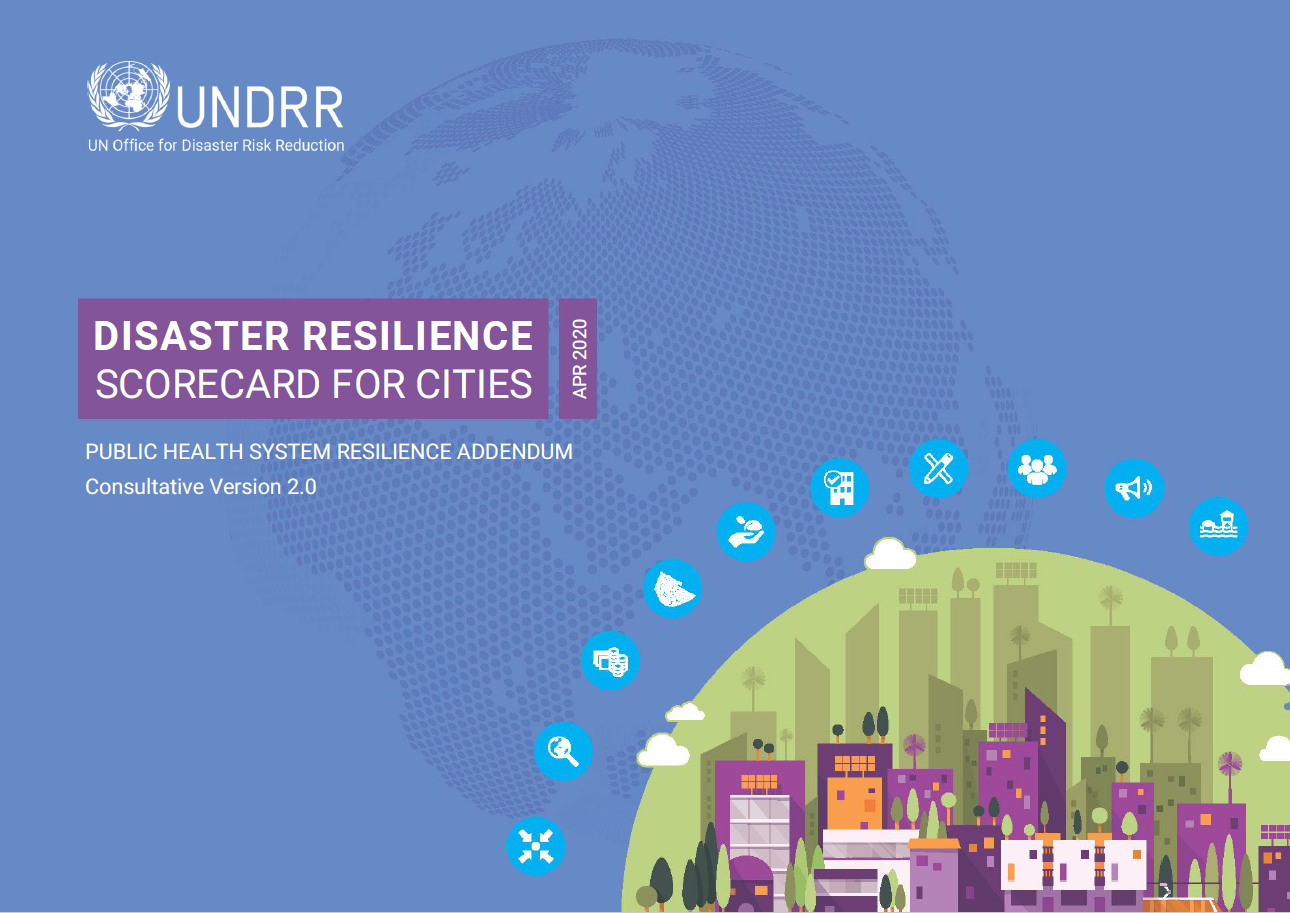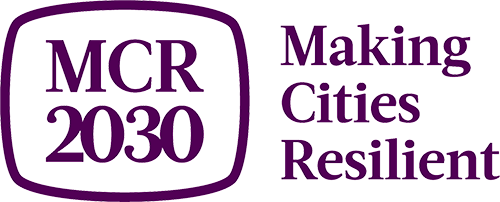Disaster Resilience Scorecard for Cities: Public Health System Resilience - Addendum

An Addendum to the Disaster Resilience Scorecard for Cities
"Disaster Resilience Scorecard for Cities: Public Health System Resilience - Addendum" aims to strengthen and integrate coverage of the many aspects of public health issues and consequences of disasters that are not adequately emphasized in the original Disaster Resilience Scorecard for Cities ("the Scorecard"). While the more obvious health factors such as hospital services capacities and structural and non-structural safety are covered in the Scorecard (under Essential 8), other disaster-related public health issues have not been well addressed. This Addendum, promulgated by UNDRR, with the support of World Health Organization (WHO) and partners, aims to remedy this. The Addendum should be used in conjunction with the UNDRR Scorecard, and WHO’s Health Emergency and Disaster Risk Management (Health EDRM) Framework.
The Addendum is structured in sections around the same “Ten Essentials for Making Cities Resilient” as the Scorecard. It inevitably overlaps with the coverage of hospitals and food distribution in Essential 8 and can be regarded as an amplification of these.
- Integration of public health and governance (Essential 1);
- Integration of public health and disaster scenarios (Essential 2);
- Integration of public health and finances (Essential 3);
- Integration of public health and land use/building codes (Essential 4);
- Management of ecosystem services that affect public health (Essential 5);
- Integration of public health and institutional capacity (Essential 6);
- Integration of public health and societal capacity (Essential 7);
- Integration of public health and infrastructure resilience (Essential 8);
- Integration of public health and disaster response (Essential 9);
- Integration of public health and recovery/building back better (Essential 10).
In total, there are 23 questions/indicators, each with a score of 0-5, where 5 is best practice.
Data you will need to complete this Addendum will include:
- Public health system capacity, stakeholders, planning and procedural documentation;
- Emergency management planning and procedural documentation;
- Public health infrastructure (see Essential 8);
- Data on healthcare outcomes of previous disasters, if available;
- Demographic data, including for vulnerable populations;
- Community and professional feedback on system capacity and effectiveness.
This addendum is available in different file formats:
- The PDF version contains assessment details in a printing-friendly format.
- The excel tool is the most comprehensive version. As you conduct the assessment, you can also take note of the assessment rationale and provide proof for verification. The excel tool can produce the pictograms showing the results of analysis at the end which are highly useful for planning and decision making. It is a highly recommended version for use.
- The online version is a beta version. It can also produce the analysis pictograms as the excel tool but you may have to depend on the developer's support should you need to retrieve your inputs and analysis after completion.
Note: The latest version of the Public Health System Resilience Addendum (consultative version 2.0, April 2020) is built upon the consultative version 1.0 launched in July 2018.
Webinar on Resilience of local governments: A multi-sectoral approach to integrate public health and disaster risk management (7 Apr 2020)
The webinar covered aspects of public health systems in the Making Cities Resilient Campaign tool – the Disaster Resilience Scorecard for Cities.
The focus is on how the scorecard promotes a broad multi-sectoral approach to handling disaster risk reduction, including for public health emergencies.
View more and Download Webinar Materials Here
Experience of City Users:
- Makati's experience in using Disaster Resilience Scorecard for Cities - Public Health System Resilience Addendum to revisit the Disaster Risk Reduction and Management on Health Plan and in COVID 19 recovery planning. Presentation by Ms. Liza Velle B. Ramos, Research and Planning Division Head, Disaster Risk Reduction and Management Office of Makati City, the Philippines at the 13th CITYNET Disaster Cluster Seminar on 25 November 2020.
Download Scorecard
Select your language:
English
- Public Health Scorecard Addendum v2.0
- Public Health Scorecard Addendum v2.0
- Excel ToolPublic
- Health Scorecard Addendum v2.0 Online BETA version

